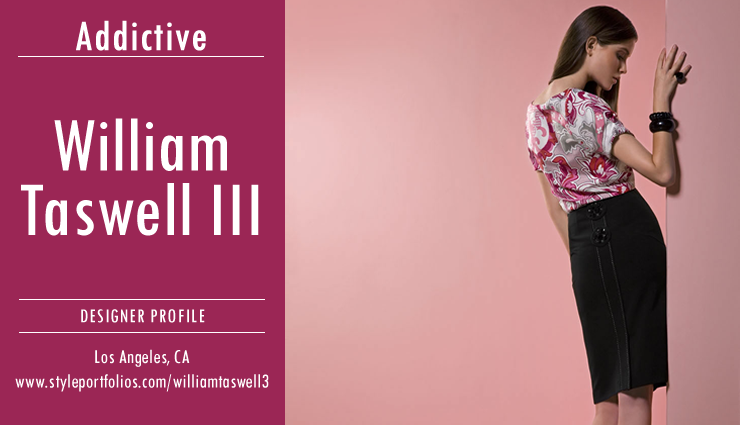
DESIGNER PROFILE – WILLIAM TASWELL III
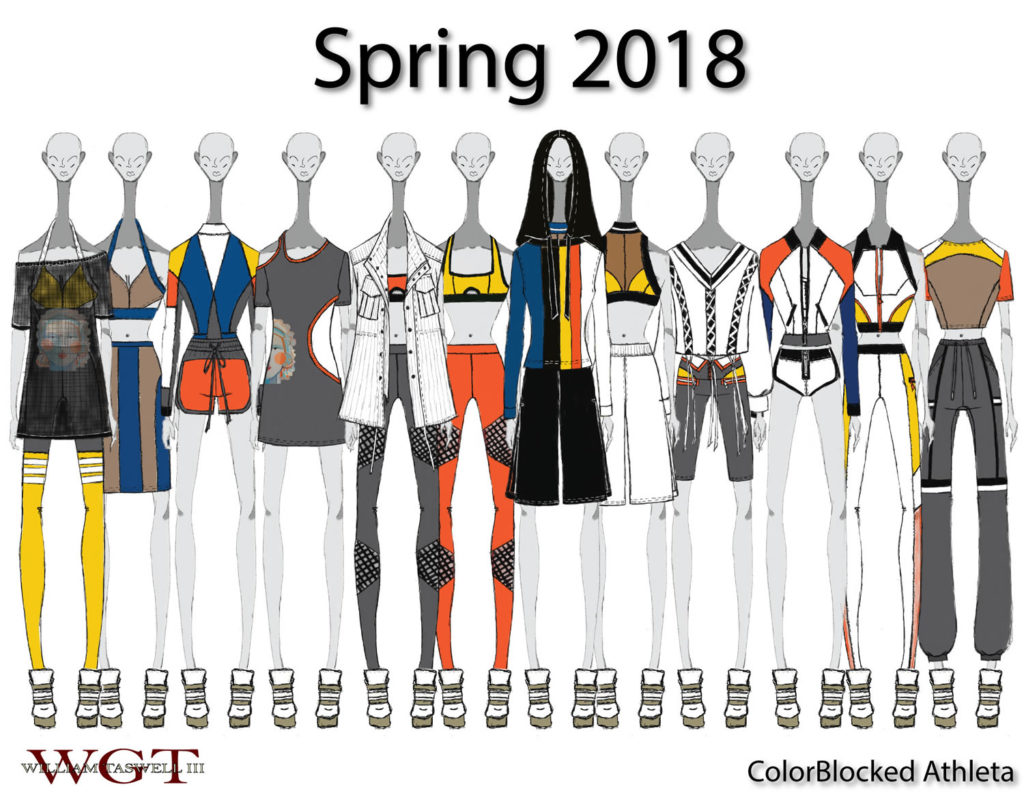
What should everyone know about you?
WT: I am a multi-faceted senior-level womenswear designer with extensive creative and technical expertise from initial sketch through to retail production. I have lived and worked for the fashion industry in NYC, Los Angeles, Charlotte, New Delhi, Bangalore, Hong Kong, and Xiamen, China. Most importantly, I am a well-rounded branded and private label designer including all categories of wovens and cut-n-sewn knits across price points from Advanced Contemporary Designer to Value-priced major/big-box retailers.
How would you describe what you do?
WT: I design full collection assortments and oversee the product development process for clothes that are intelligently curated, by proper research and forecasting, for the market specific customer demographic of the company/brand by whom I am employed. Generally, I am Head of Design, Design Director, or Senior Collection Designer, which means that I directly focus on the overall collection. How hands-on I am with designing each category is usually dictated by the amount of support team members I am afforded; I have headed large teams of 50, such as Ports International, where all womenswear development teams reported into my role as Chief Designer, as well as launched brands where the team was just myself and one assistant designer, working with 3rd party development.
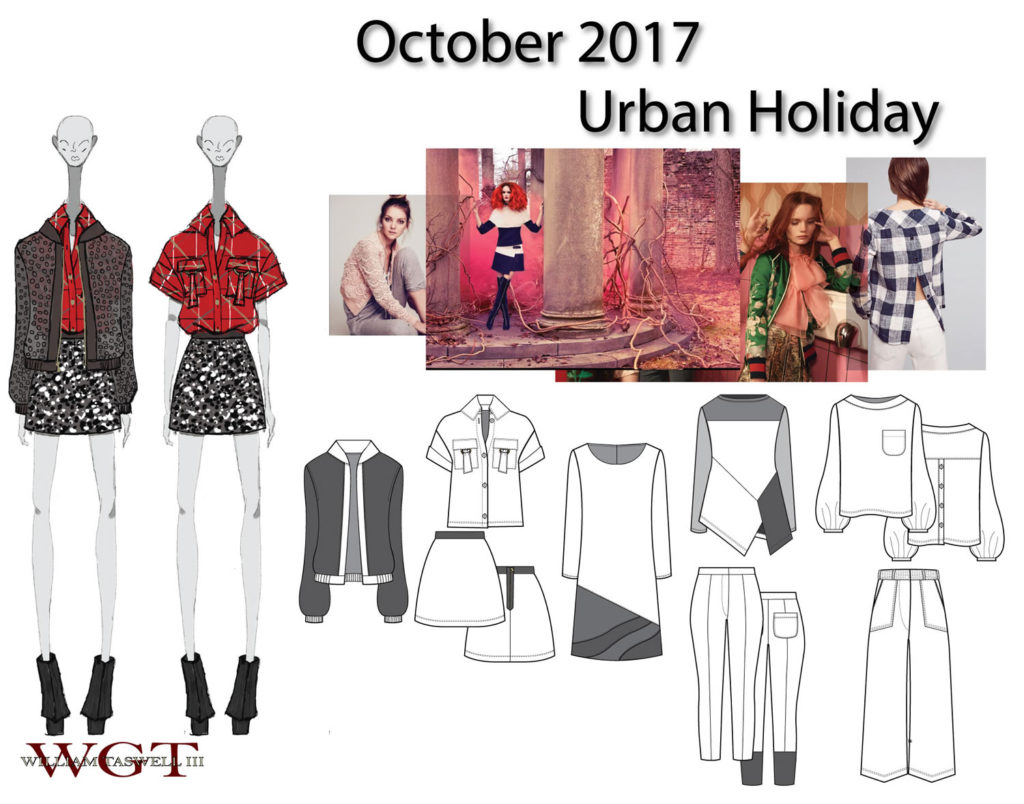
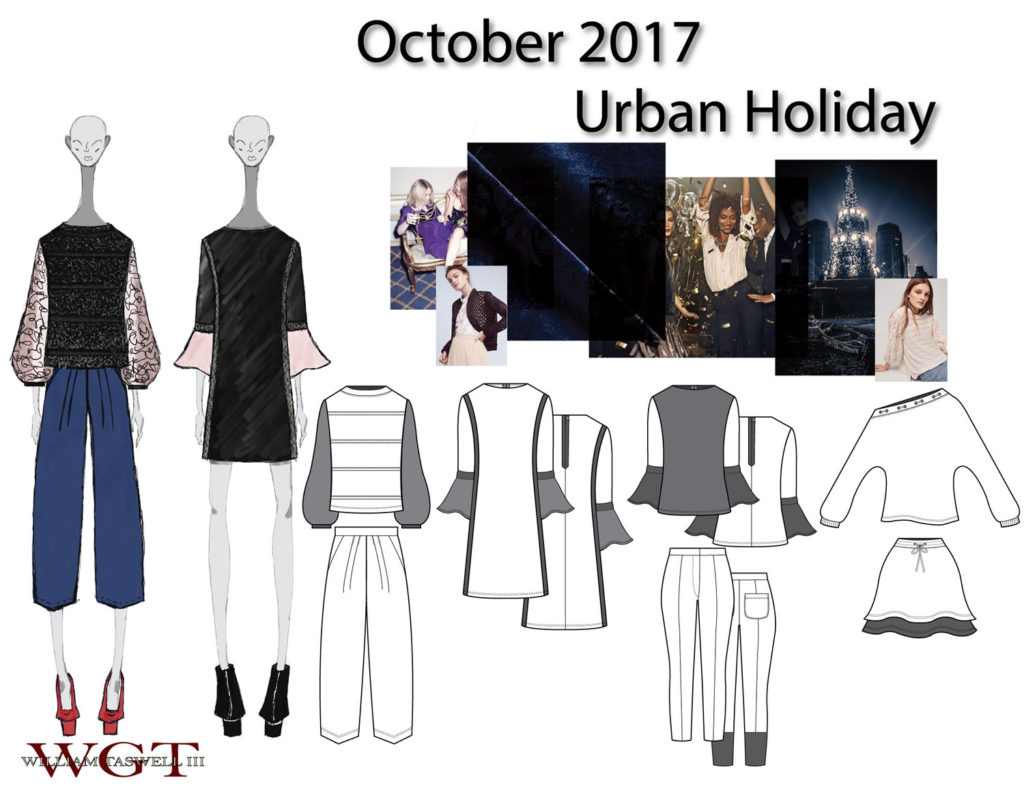
Why did you choose to be a designer?
WT: I am uncertain if I chose to be a designer; I believe it’s who I am intrinsically. I was a natural born and self-taught artist. The earliest I can remember is drawing castles and mermaids at the age of 5. Around the age of 7, I became fascinated with women’s clothes and began drawing women, exclusively, and dressing those figures. I, sometimes, look at those sketches of my youth, when I need a reminder that after all of these years, I made the right decision, because this industry can make you question yourself each day.
What steps did you take to become a designer?
WT: Initially, design school wasn’t an option for me, because my mother was totally unsupportive of what she referred to as a hobby, and would not assist in financing me attending college as a fashion design major. I eventually attended Marymount University as a fashion design major, self-financed. Actually, I didn’t finish school, because in the Spring of 2000, I interned with Jill Stuart’s design team. I was so diligent as a multi-faceted intern, even though there was no budget to hire additional design staff at the time, I had become such a valued asset that Jill subsequently hired me to work in her flagship retail store on the weekends, to compensate me a living wage. As an intern, I was each day in the office before the design team, and didn’t leave until after they’d all gone for the day. That work ethic paid off because six months later I was hired as the assistant designer to American couture evening wear designer Chris Kole. I still have the same work ethic to this very day; in this industry you must, or you fail. So, I am equally part classically school trained as well as industry trained.
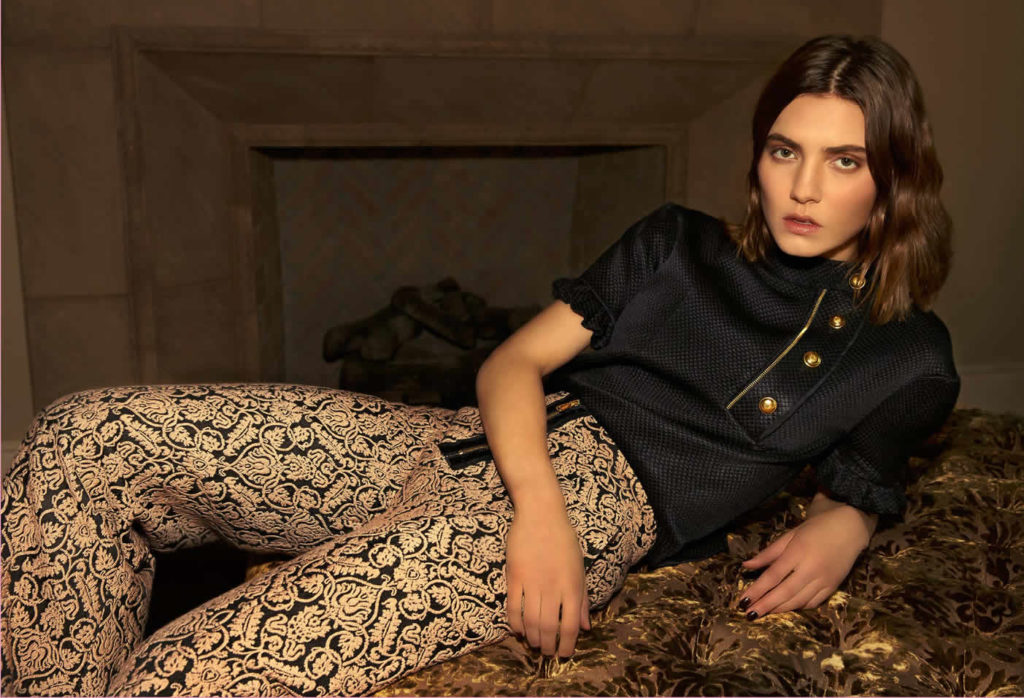
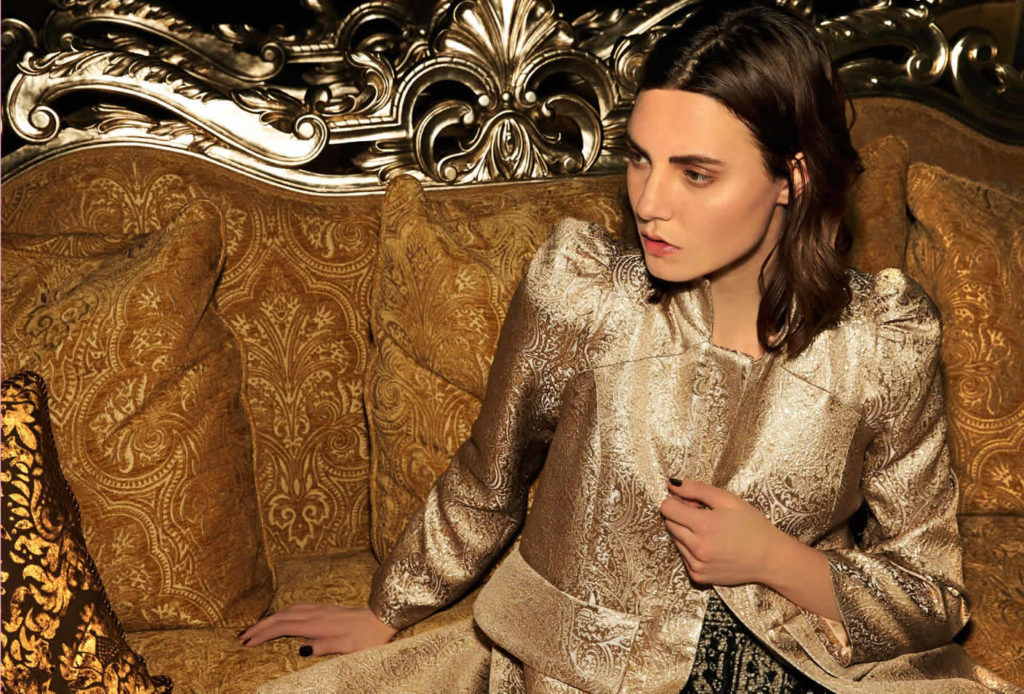
Best/Most Challenging part of your job?
WT: The best part of my job is being directly involved in the product development process each day. I love the art of taking a sketch through to retail production and everything in between.
The most challenging part is there’s never enough time in the day to get everything you need done. This is because it’s a never-ending cycle, but, truthfully, that’s what makes it exciting; design’s high-paced environment is addictive.
If you weren’t a designer what would you be?
WT: I’d be reclusive. I don’t believe that I’d be able to function productively, if I’m unable to work as a designer and actively be a part of the garment development process. Though, as a child and into my teens, I was always fascinated with science and medicine; I wanted to be a neurosurgeon. That my mother supported, but it was a lifetime ago, and ultimately, not who I was meant to be.
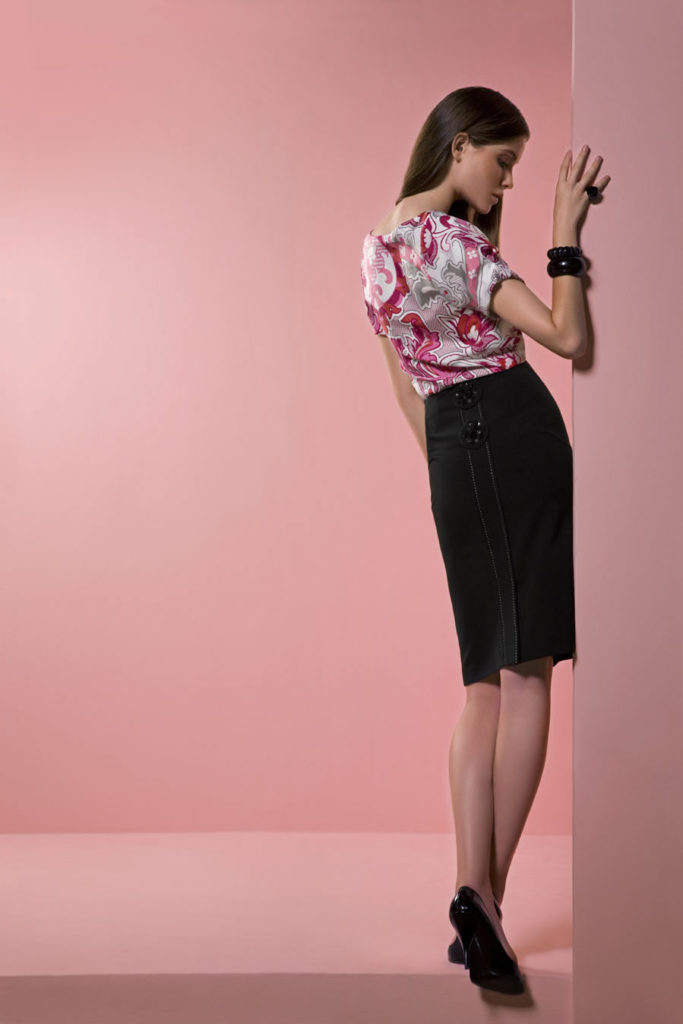
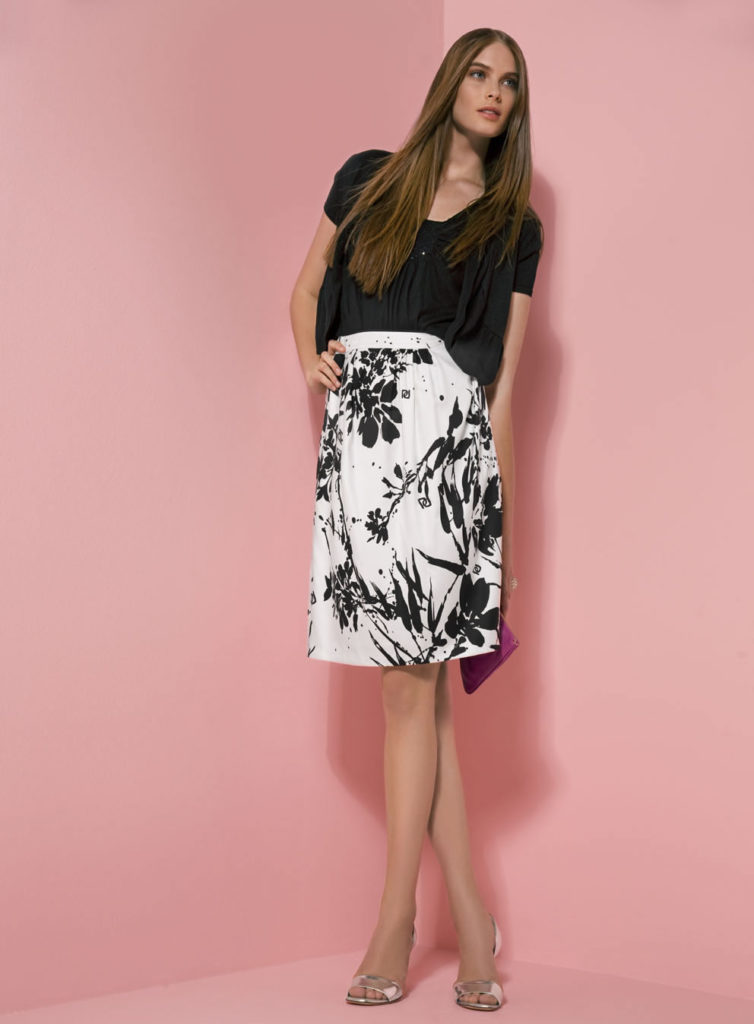
How did you get started in design?
WT: I interned for Jill Stuart, from Spring through Fall 2000 where I did everything from coffee-runs to sample pick-ups; initially, I assisted each department, where ever help was needed. Eventually, Jill noticed my value, and I became the design team’s intern, solely, then focusing on being the liaison between the design team and sample and production development teams.
What do you like about what you do?
WT: I like that I’m able to create clothing that women want to wear. I am fortunate to have designed branded apparel in higher end markets, as well as private label across all price points, so seeing millions of women in clothes that I have designed around the world is very rewarding.
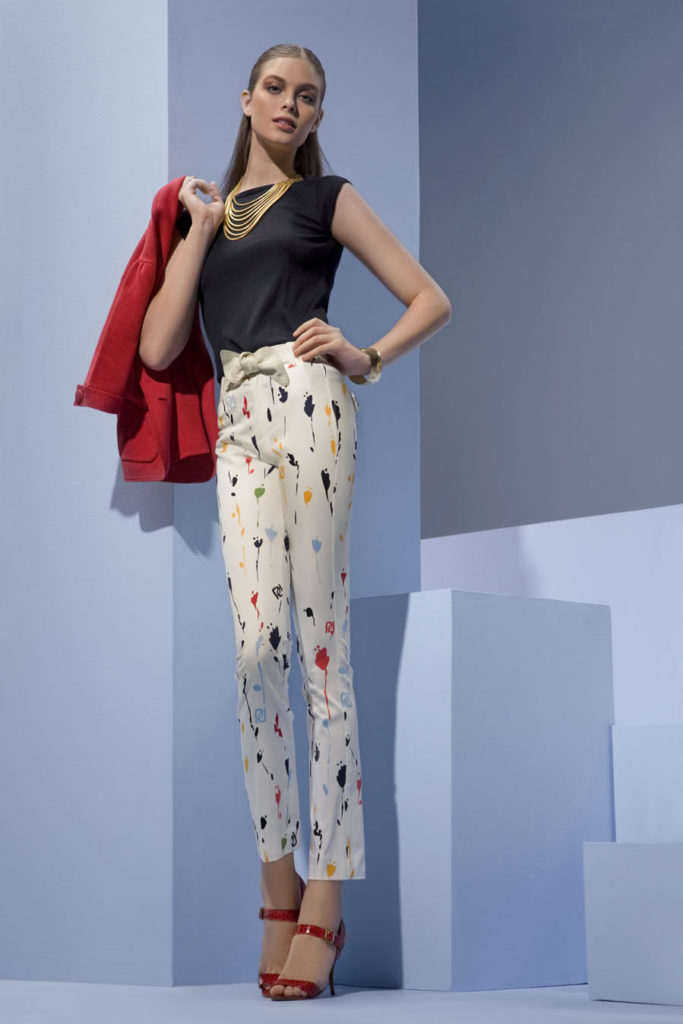
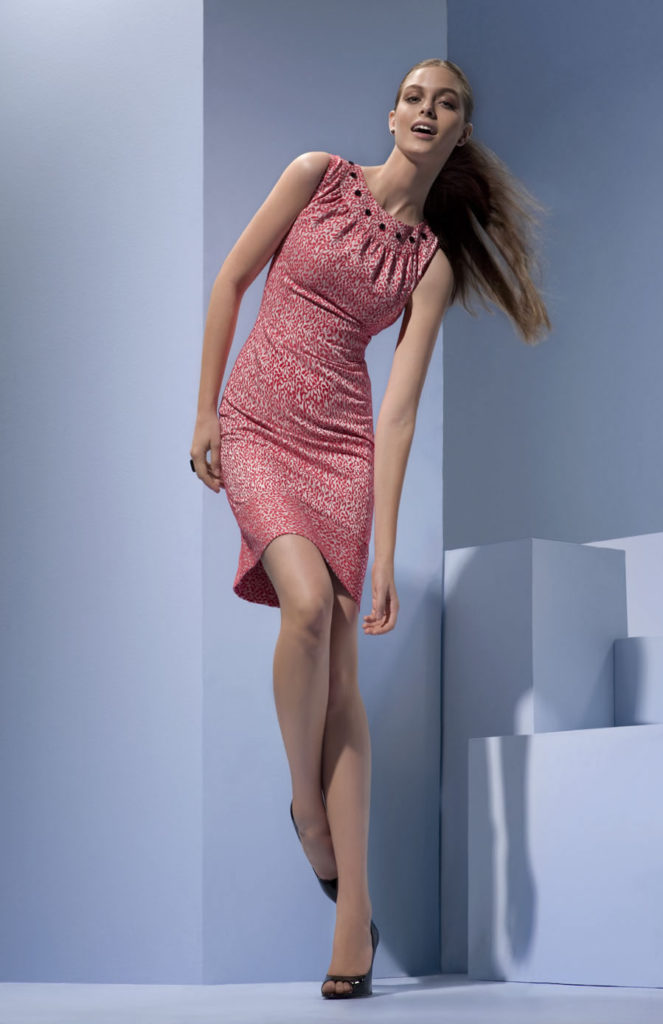
What’s a common misconception people have about what you do?
WT: Most people think that the glamour of being a designer is the parties, the editorials, the celebrities, and all those fabulous things. Those things are nice, if you’re fortunate enough to experience them, which I have at times in my career, but it’s not the true glamour. For me, the glamour is the process; the glamour is the 4-6 times a year I get to lead design presentations in front of executive teams that are responsible for millions of dollars at retail. The glamour is managing the development process. The glamour is having 70-80% adoption rate each season. Finally, the glamour is being partly responsible for a great sell-through at the end of each season. I have never been in fashion for the pretentious glamour. I am in this industry to design, make, and sell clothes; I am quite content being in the background, getting the job done. It is this business savvy aspect of my professional character that has helped me to stand out in the pond of competition.
Where do you see yourself in 10 years?
WT: It would be an honor and a life-long goal to be the EVP of Design for a large international retailer, based domestically in NYC, Los Angeles, or internationally, anywhere as I’ve always been professionally nomadic, but preferably in Hong Kong or mainland China. Hong Kong is my favorite place in the world, also, I would love to raise children there, so that heavily influences that interest.

What sparked your interest in design?
WT: I’ve been captivated by women’s clothing since childhood and the art of developing womenswear is a magnificent craft.
How has your work evolved since you began your career?
WT: I think most designers have a very specific idea of who they believe they are as a designer when we first enter the industry. Usually, we all want to be these luxury price-point household name designers. I learned at a very young age in the industry to embrace all of the industry, to really understand fashion and design as a business and technical industry. This knowledge base has influenced my work heavily. Upon entry, into the industry, I designed what I wanted to see women wearing from my perspective only, that has changed. Now I design from proper research and trend analysis; I make very strategic decisions, during the creative part of the process, that always start with what the customer wants, then I inject my design perspective and philosophy, which hopefully manifests into something beautiful and with the brand’s integrity, but most importantly, something sellable.
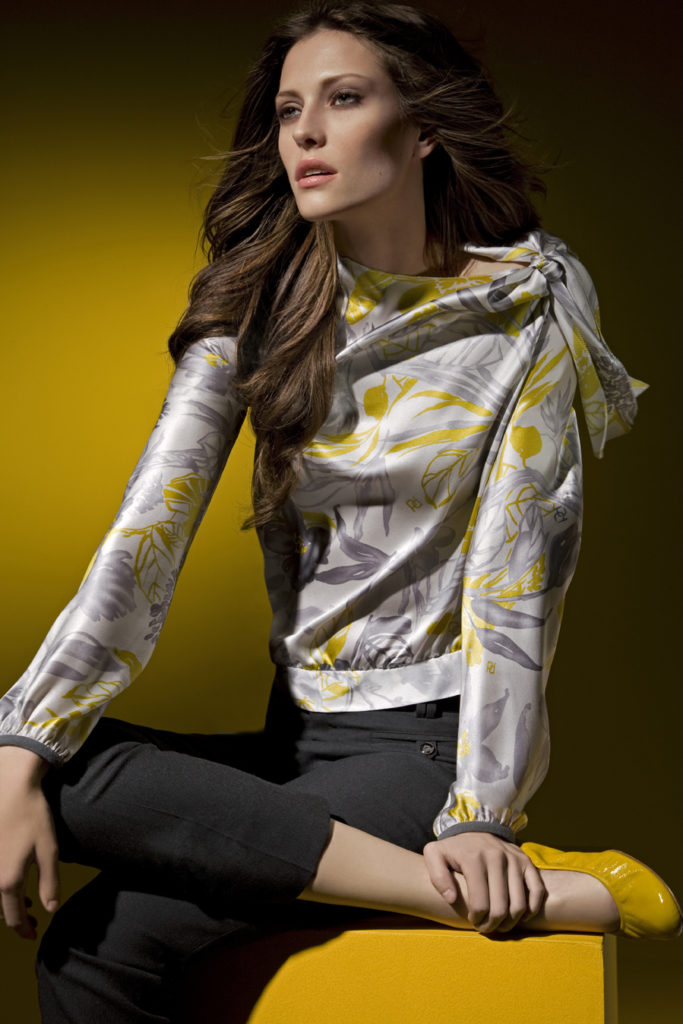
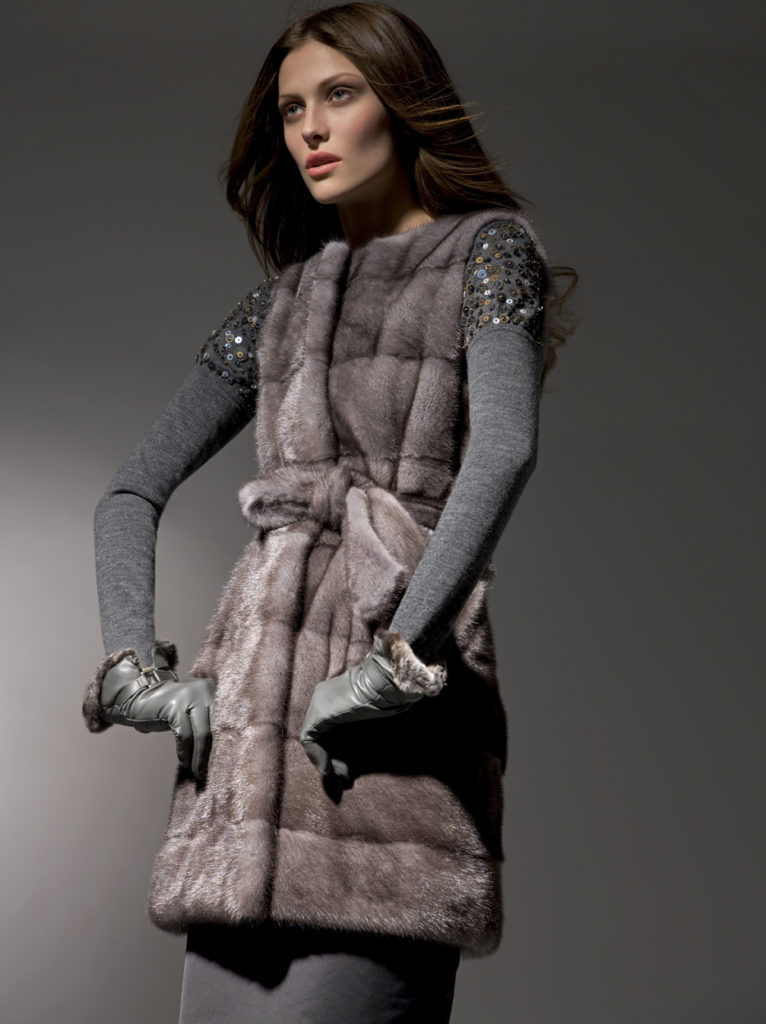
Are there any types of clothing/footwear/accessories that you avoid wearing?
WT: It depends on the environment. In most settings, my wardrobe is usually more semi-formal, refined and sophisticated, where I avoid footwear, like, sneakers. Though, I have lived in Southern California, for almost 4 years now, so in Los Angeles, I tend to be a little more relaxed and adventurous. I was never really a fan of the fashion for comfort movement, until moving here. The life and culture has won me over, but I can easily adapt to my former ways when I travel, or if I’m relocated back to other cities where I feel the need to be less casual.
What are you fascinated by at the moment and how does it feed into your work?
WT: I am a technology geek, so I’m really fascinated with the growth of wearable technology. I think how this really translates to the fashion industry will be heavily influenced by the Athleisure market, which is swiftly becoming a dominating market across different price points, as the needs and way we are dressing en masse is changing.
Also, I am fascinated by how the industry is adapting to the impacts of fast-fashion retailers and e-commerce business strategies. I have vast experience in launching new brands, so it will be interesting to see the future opportunities that may arise because of the importance of e-commerce only business modules.
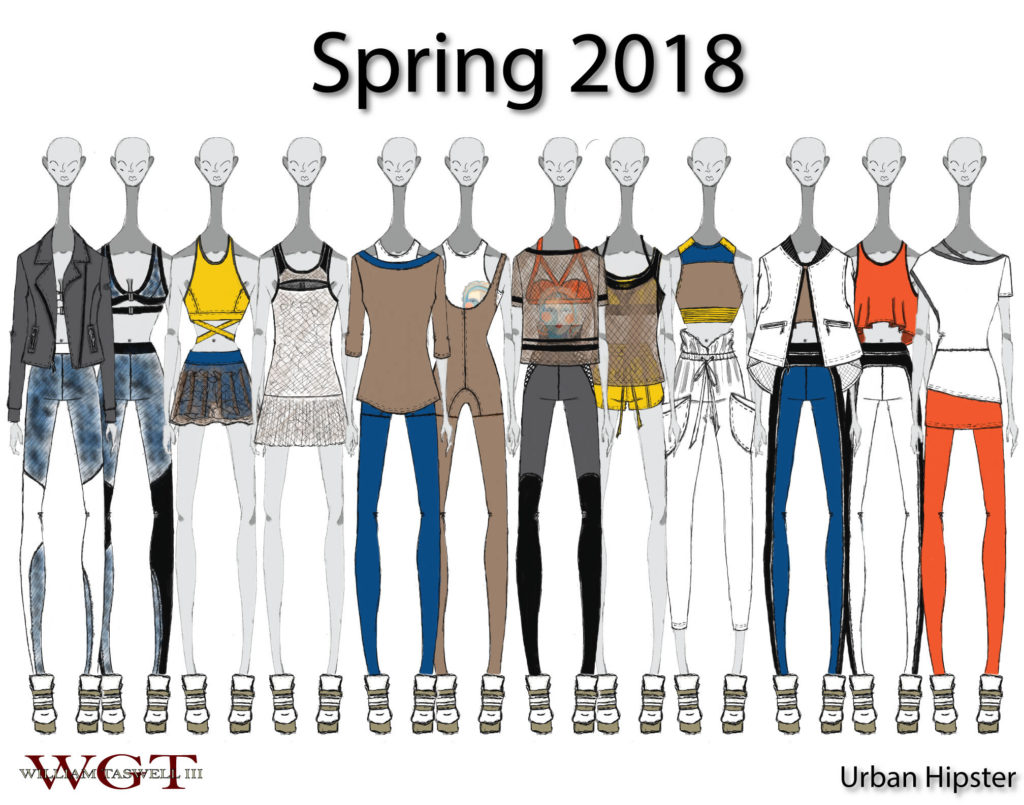
What is the biggest lesson that you have learned since you started your career?
WT: I have learned that you can’t be everything to everyone in this industry. It is essential, to remember your humanity in the equation. I can’t say yes to everything, and I can’t agree with everyone, all the time. It’s humanly impossible, and I’ve learned to not punish myself because I’ve disappointed someone, because I give 100% everyday, and sometimes that will not be enough for some people. I have also learned to always be pleasant, gracious, respectful, and willing to share knowledge; this helps to create and maintain beneficial relationships.
What advice would you give to young designers?
WT: Young designers should learn everything they can, ask loads of questions, respect the craft, respect other designers, and have exemplary work ethic. Get to work before the designer you report to and don’t leave until afterwards; hard work is always rewarded, but in the case it isn’t, move on. If you feel unappreciated one place, there’s always someplace that will appreciate you and you deserve that.
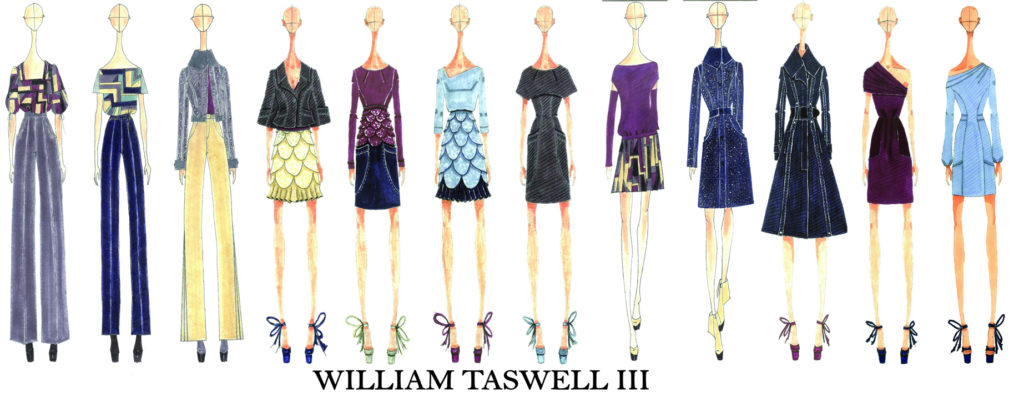
What would you like to achieve before the end of the year?
WT: Most importantly, I’d like to transition back into a full-time role after just over a year of freelancing and consulting. My last role was affected by a company lay-off and their subsequent bankruptcy. Otherwise, I’d like to read a few more Anne Rice novels; she’s my favorite author. I own all of her books, but have yet to finish many of them.
Are you superstitious or do you have any rules you live by?
WT: Sure, whenever someone wishes me good luck or best wishes in anything, or if I’m hopeful about something, I don’t say thank you, because that’s bad luck; I knock on wood.
What’s your motto?
WT: I am who I am, I try to be the best that I can be, do the best that I can do, and live my best life!
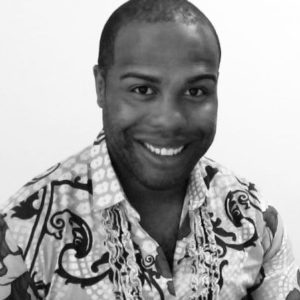 William Taswell is a Washington D.C. native, raised in the Montgomery and Prince George’s County suburbs of Maryland. He has since lived and worked in NYC, Los Angeles, Charlotte, San Diego, New Delhi, Bangalore, Hong Kong, and mainland China as a senior level womenswear designer for large and small scale companies. He has worked in the fashion industry for 16+ years across all categories and price points in wovens and cut-n-sewn knits, with hands-on involvement and managing the design process from initial sketch through to retail production. He has worked for well-known large big-box retailers and boutique brands. He currently resides in Hollywood, Los Angeles, but professionally is a citizen of the world.
William Taswell is a Washington D.C. native, raised in the Montgomery and Prince George’s County suburbs of Maryland. He has since lived and worked in NYC, Los Angeles, Charlotte, San Diego, New Delhi, Bangalore, Hong Kong, and mainland China as a senior level womenswear designer for large and small scale companies. He has worked in the fashion industry for 16+ years across all categories and price points in wovens and cut-n-sewn knits, with hands-on involvement and managing the design process from initial sketch through to retail production. He has worked for well-known large big-box retailers and boutique brands. He currently resides in Hollywood, Los Angeles, but professionally is a citizen of the world.
William is currently searching for opportunities domestically and/or internationally
Learn more about William here:
Styleportfolios: www.styleportfolios.com/williamtaswell3/
Twitter: @wgtiii
Instagram: williamtaswell3
LinkedIn: www.linkedin.com/in/williamtaswell3/
